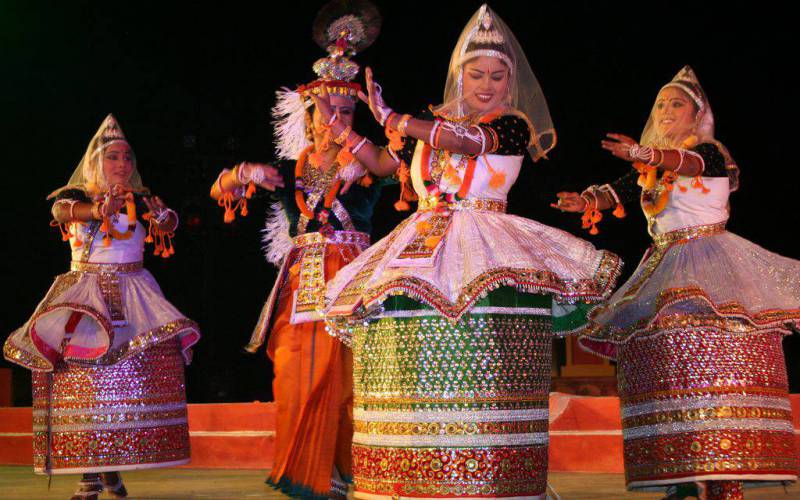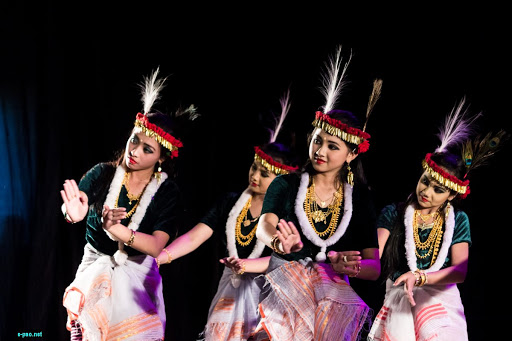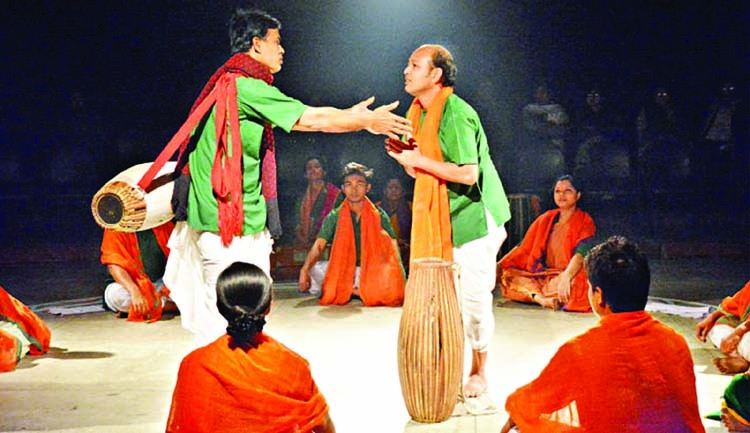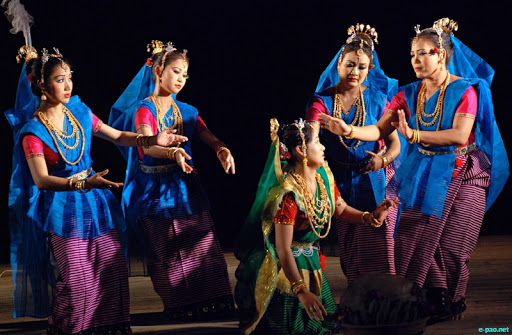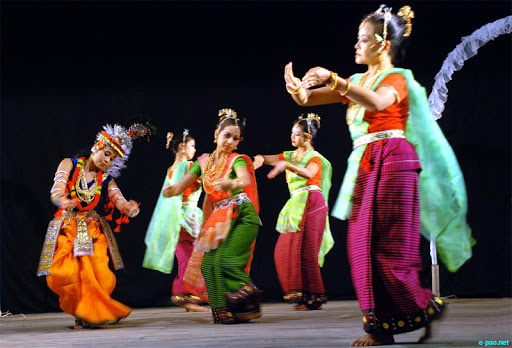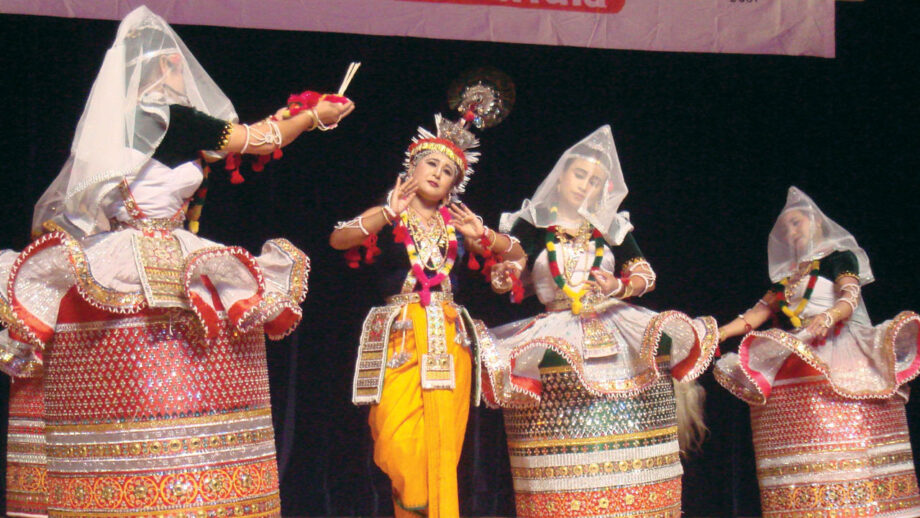Indian classical musical theatre is a revered art form that originated from Hindu temple culture and is performed in various styles. It greatly influenced the conventions of popular Indian cinema, especially in Bollywood and South Indian musical films. One major classical dance form representing this musical theatre is Manipuri dance, also known as Jagoi. Here are some key facts to know about this art form.
This art form is famous for its Hindu Vaishnavism themes, showcasing stunning performances of the romantic dance drama of Radha-Krishna, known as Raslila. During Lai Haraoba, the dance is performed to themes related to Shaivism, Shaktism, and regional deities like Umang Lai. According to legend, the indigenous people of the Manipur valley were considered dance experts, revered as Gandharvas in the Ramayana and Mahabharata. This suggests that the Manipur region has had a rich dance tradition since ancient times.
Manipuri dance is a captivating team performance that features unique costumes, aesthetics, conventions, and repertoire. It is a dance drama that presents the plays and stories of ‘Vaishnavite Padavalis,’ which have also inspired major Gaudiya Vaishnava-related performance arts in Assam and West Bengal. These dances are performed on full moon nights, thrice in autumn, and once in spring.
The musical accompaniment for Manipuri dance consists of a barrel drum, a singer, small cymbals, a sembong, a harmonium, a stringed instrument called the Pena, and a flute.
The costume tradition of the Manipuri dance celebrates its more ancient artistic local traditions, fused with the spiritual ideas embedded in the love story of Radha-Krishna.
For more such updates, stay tuned to IWMBuzz.
